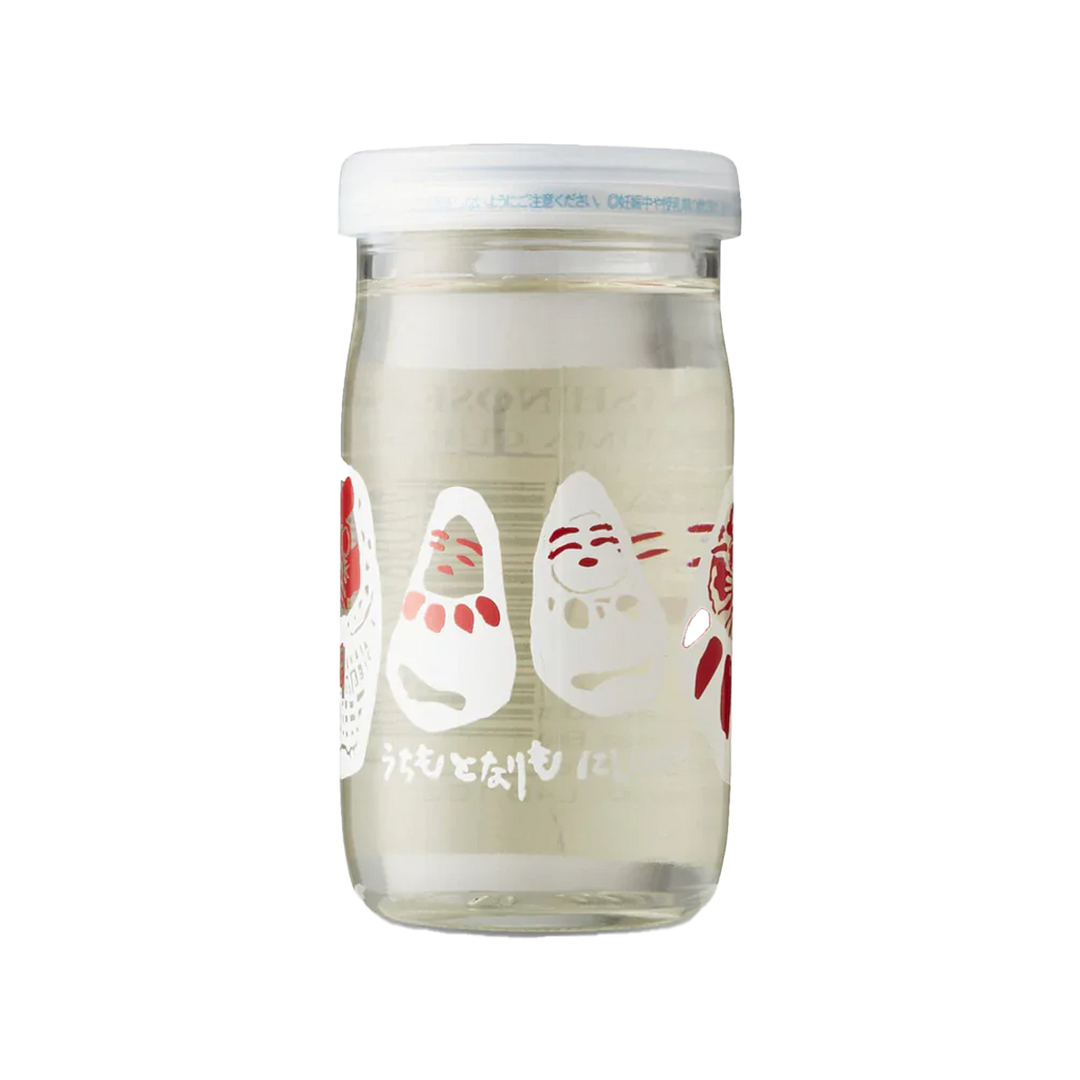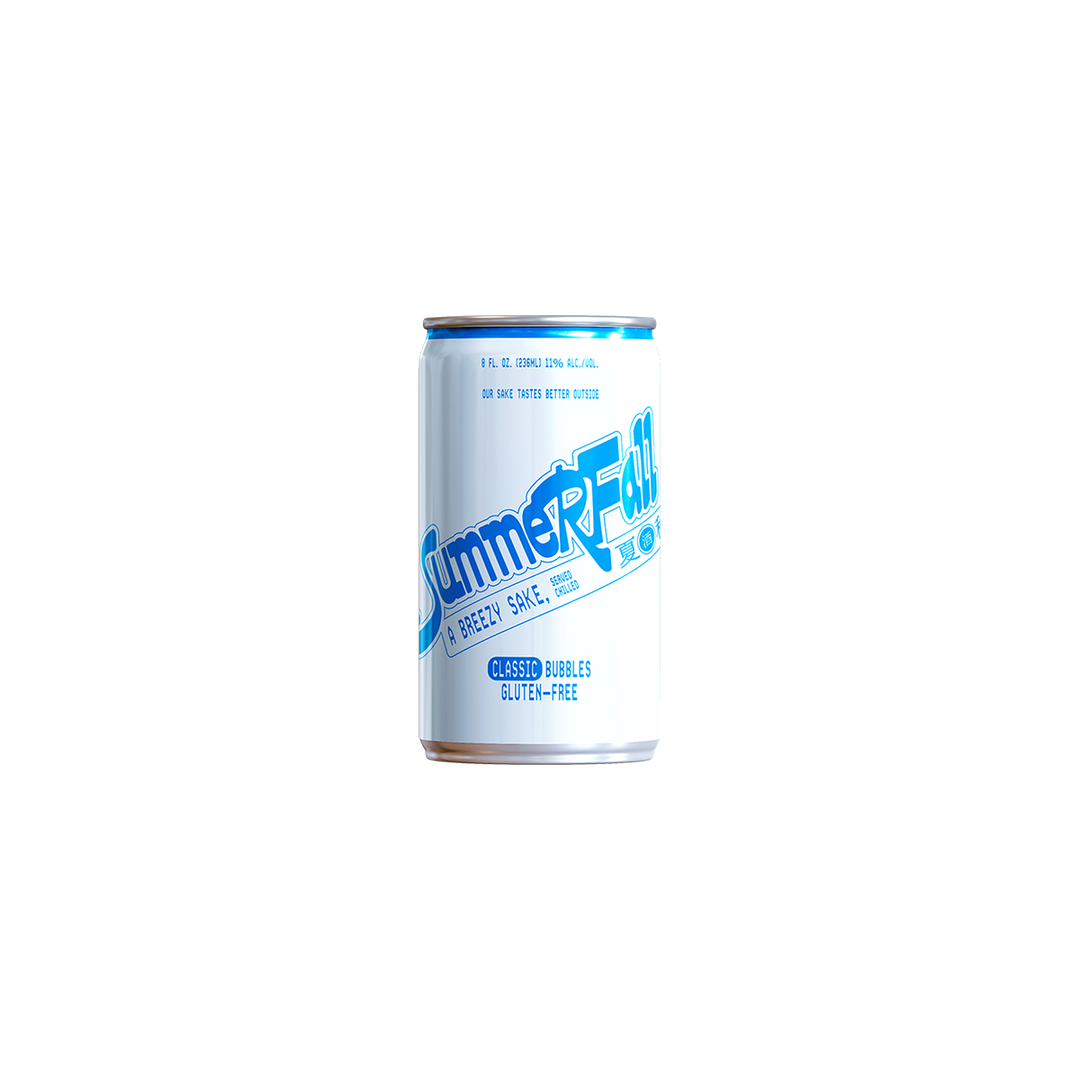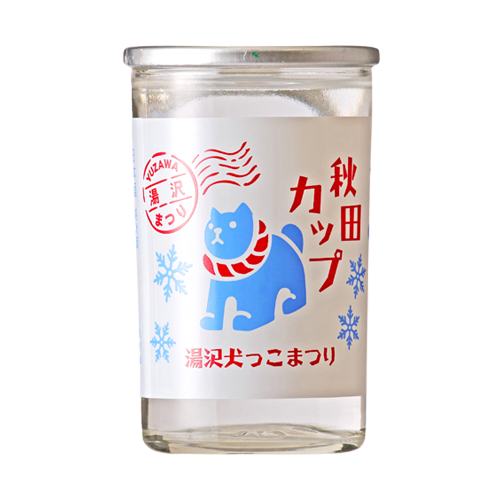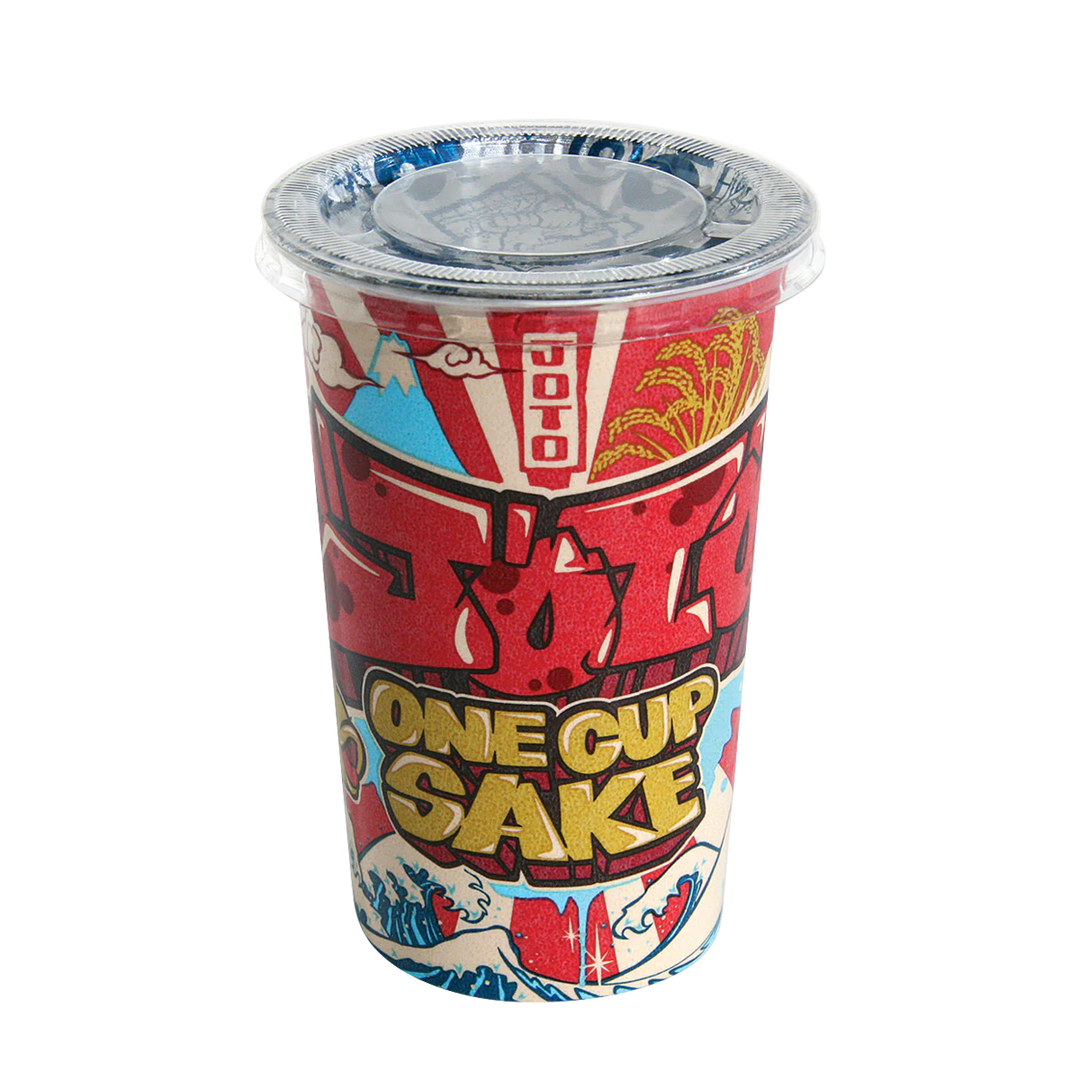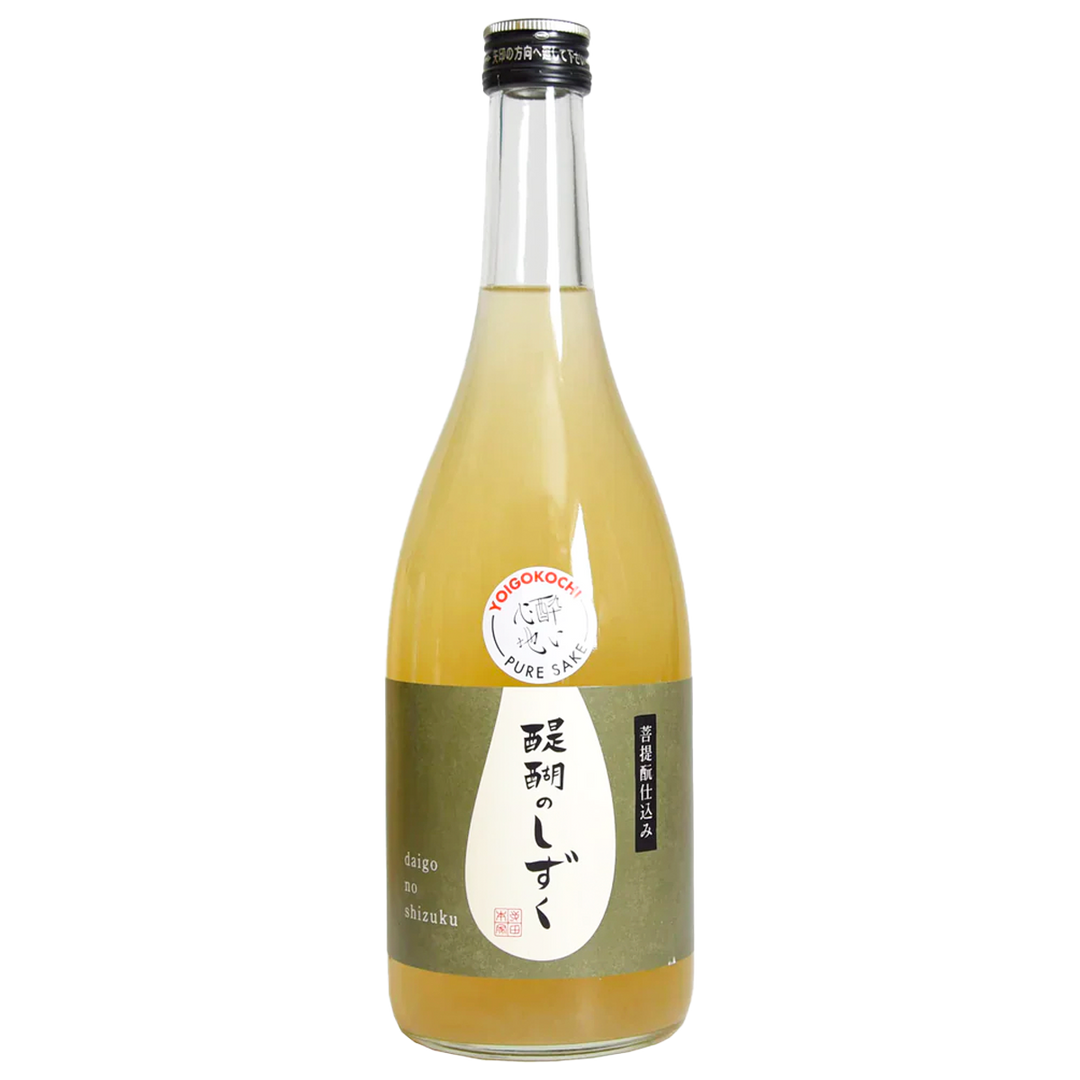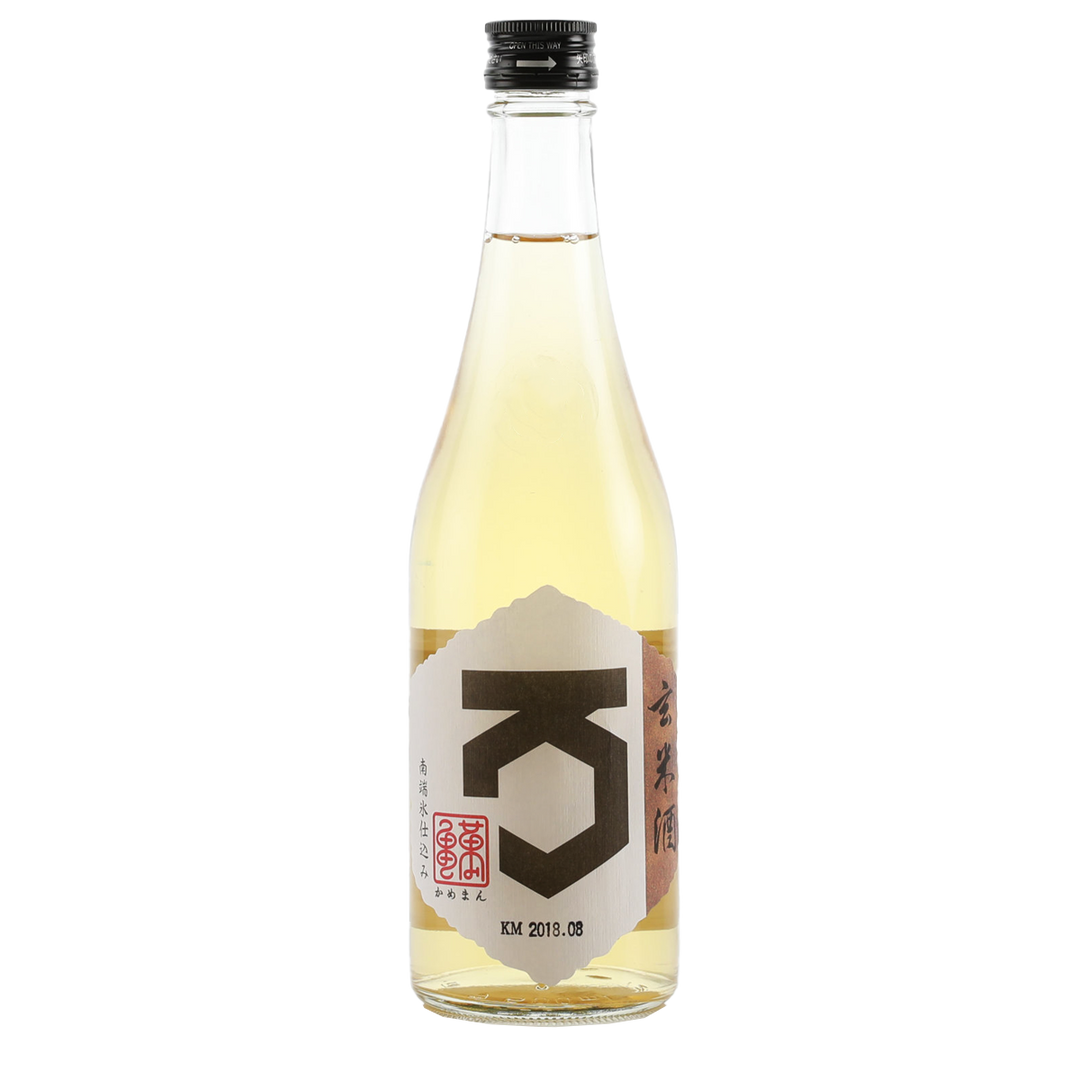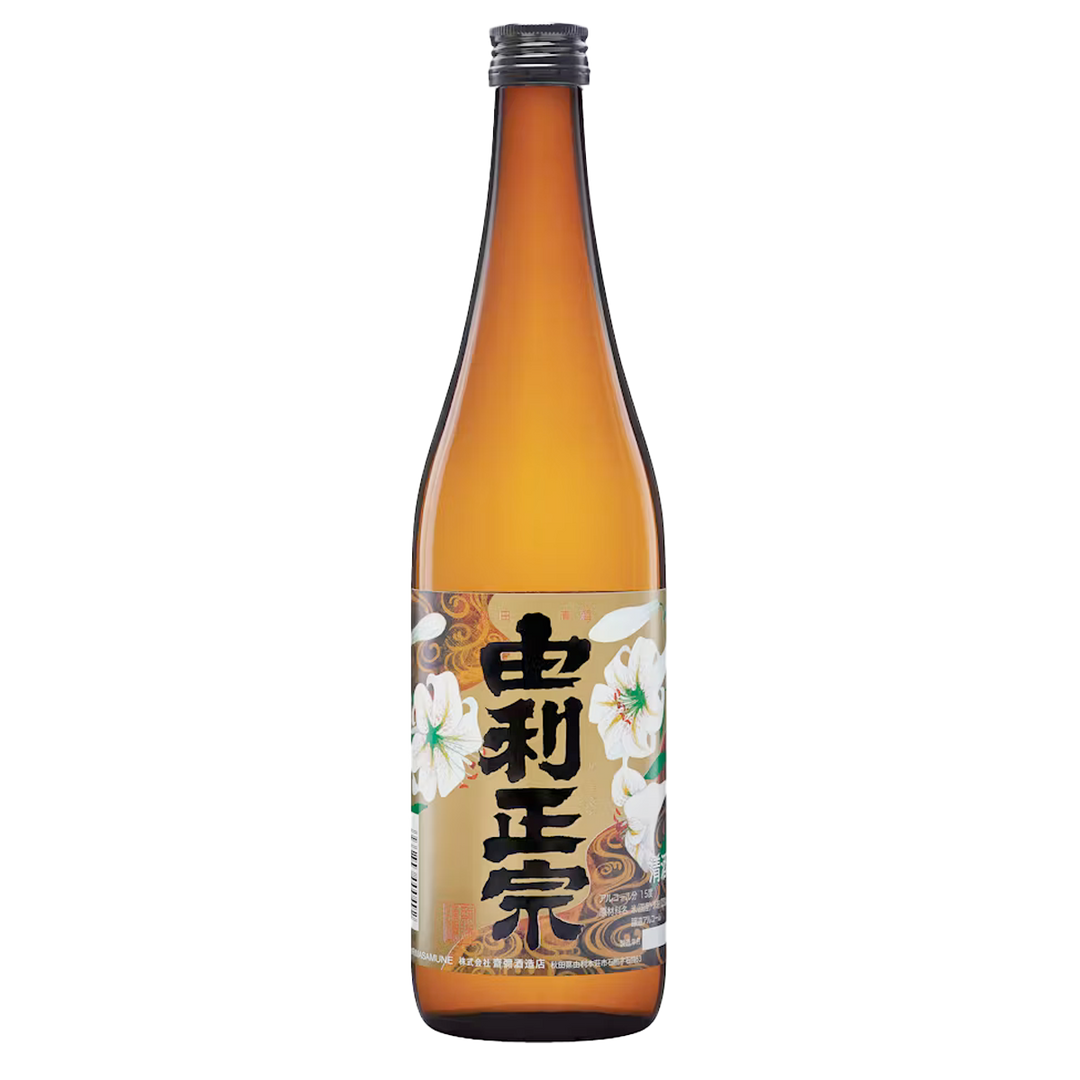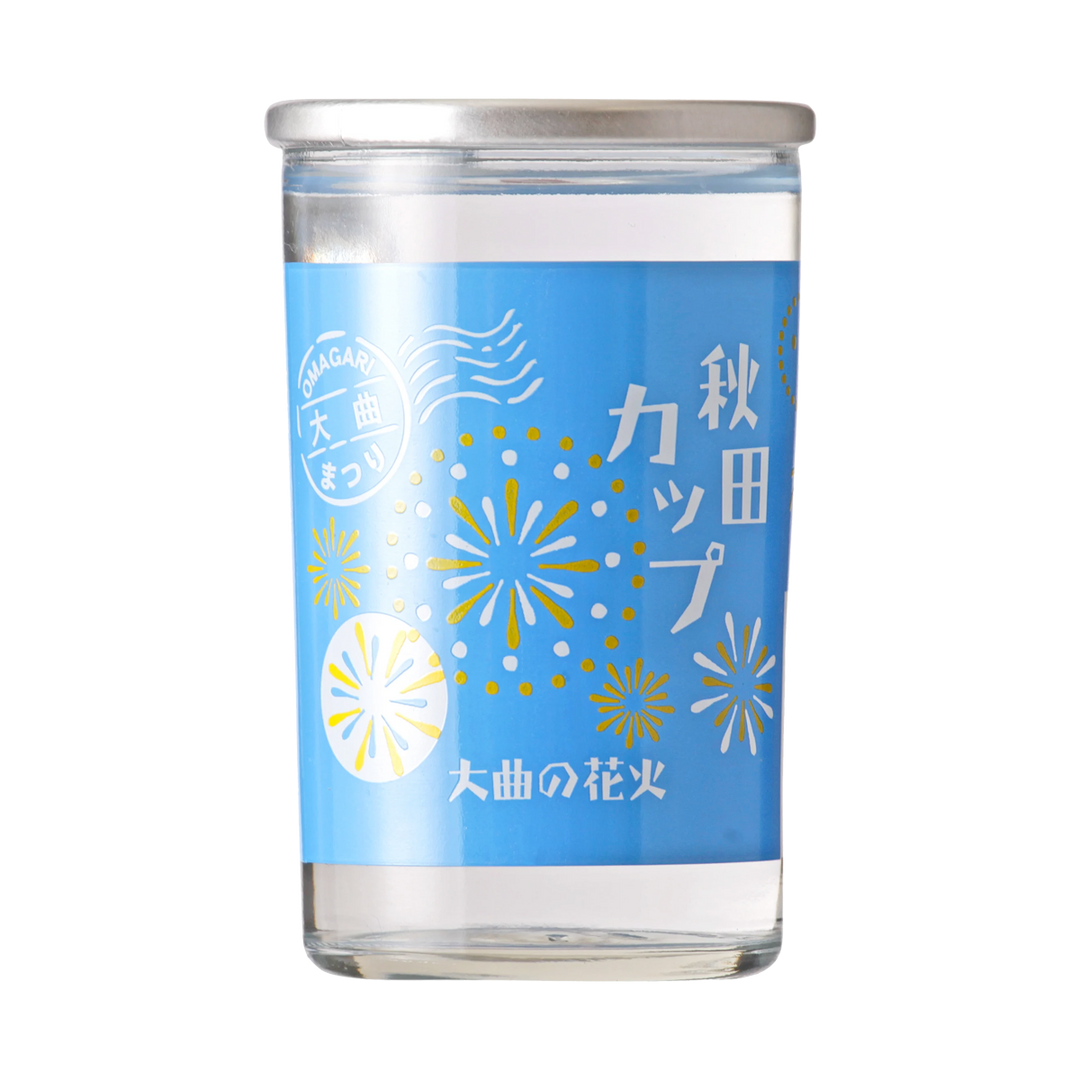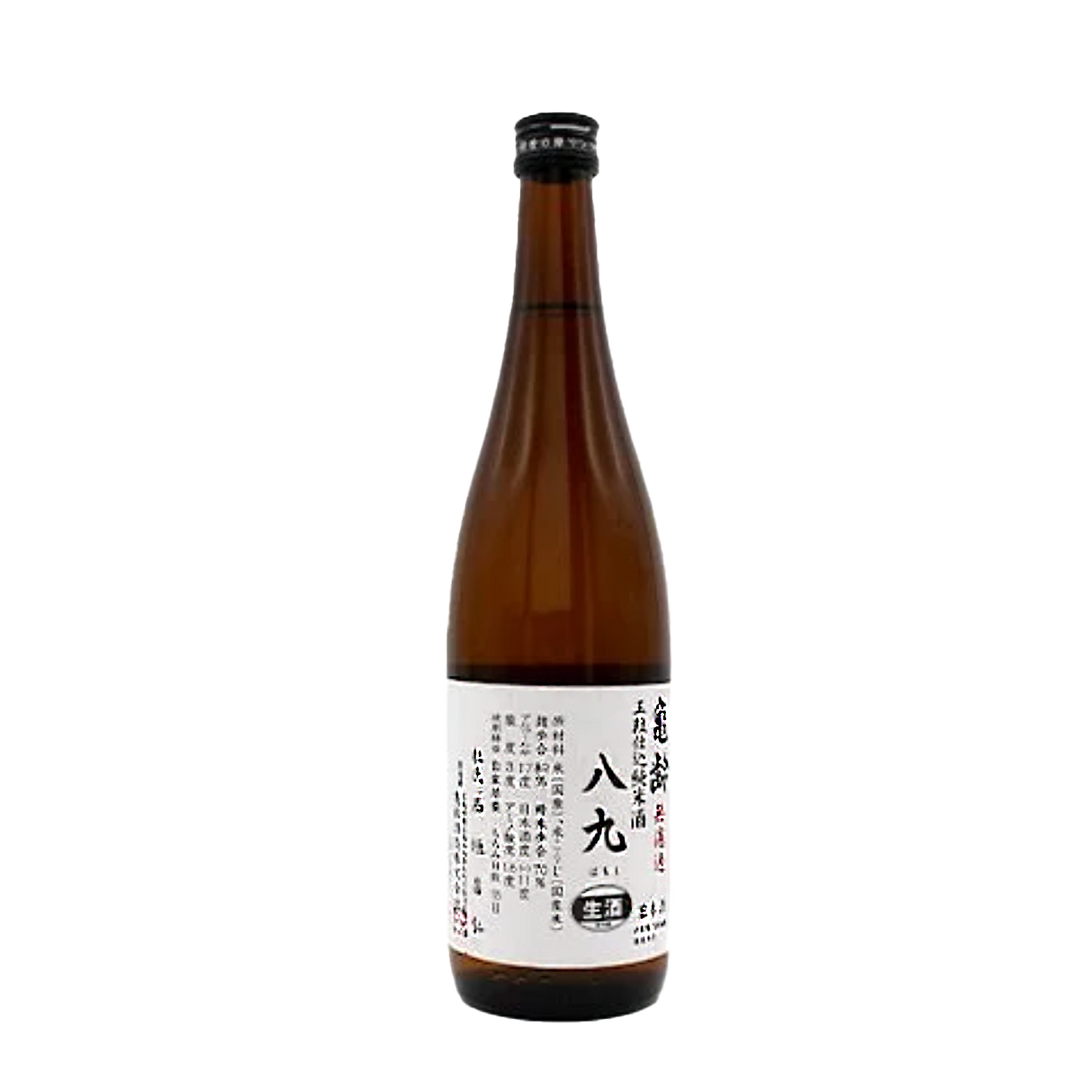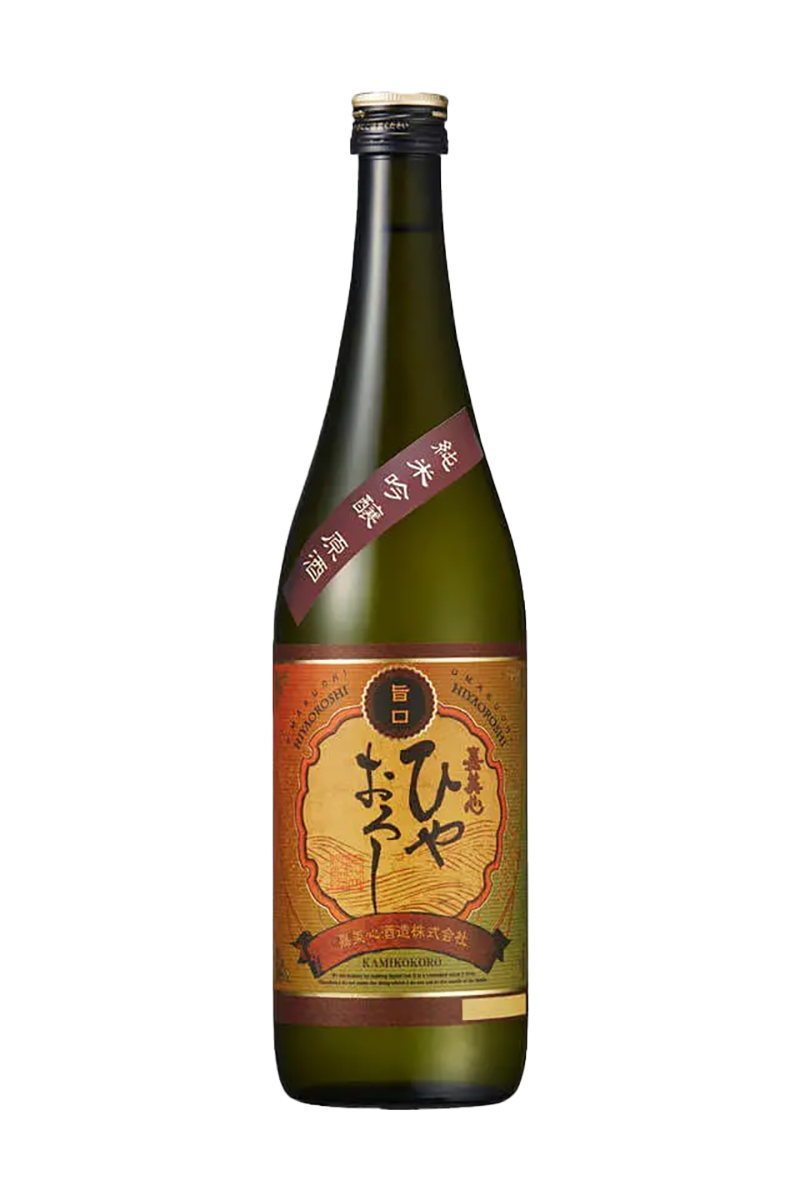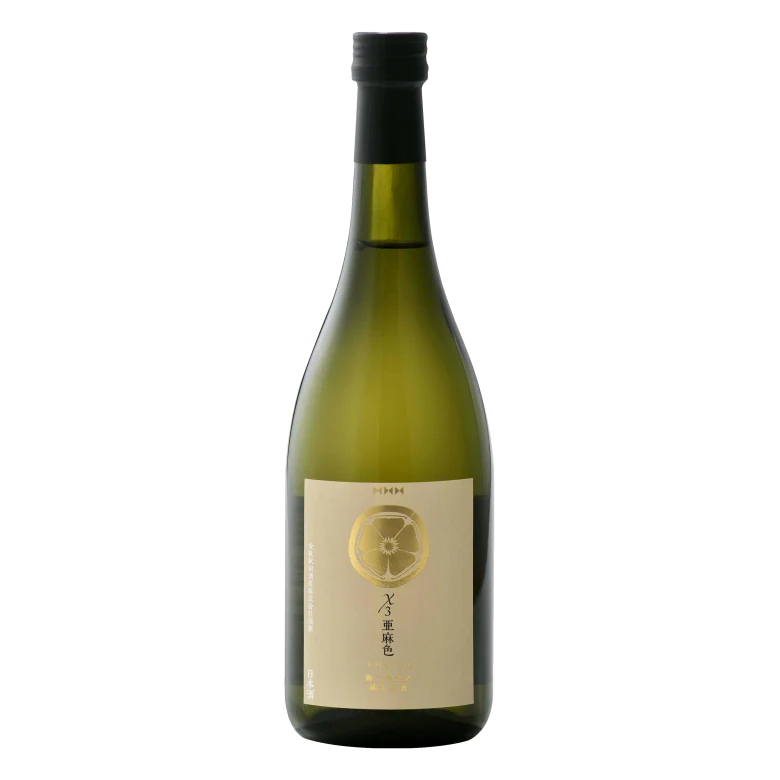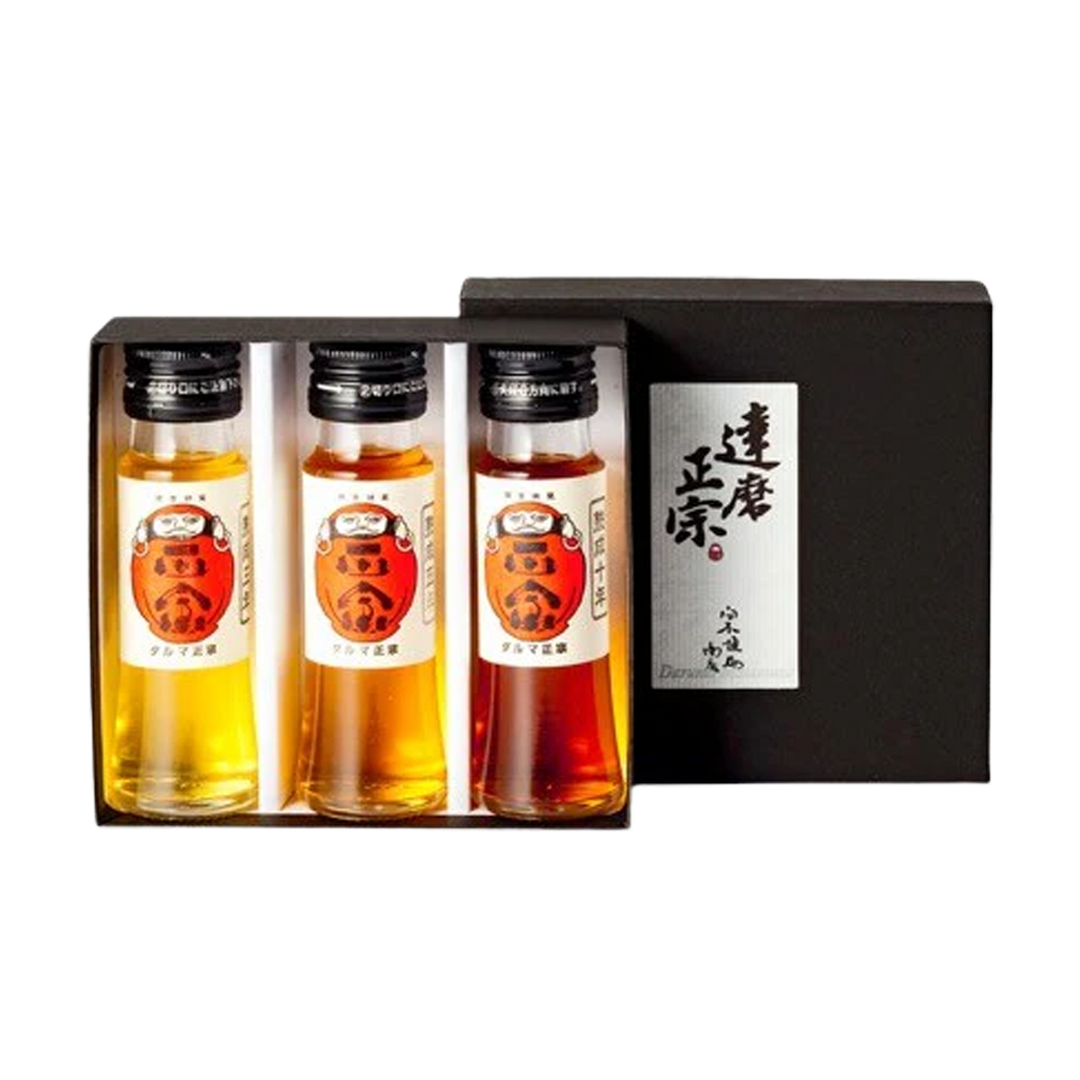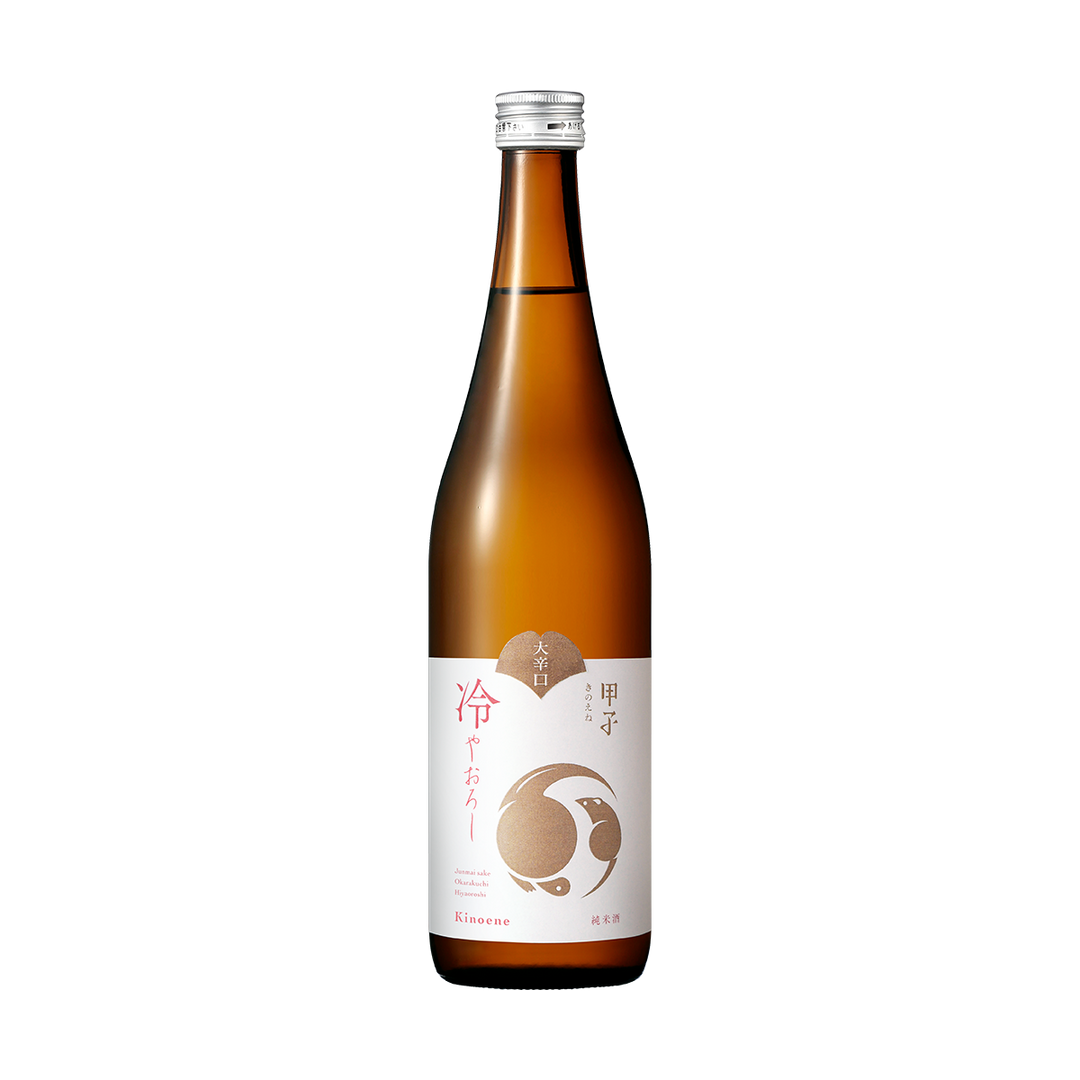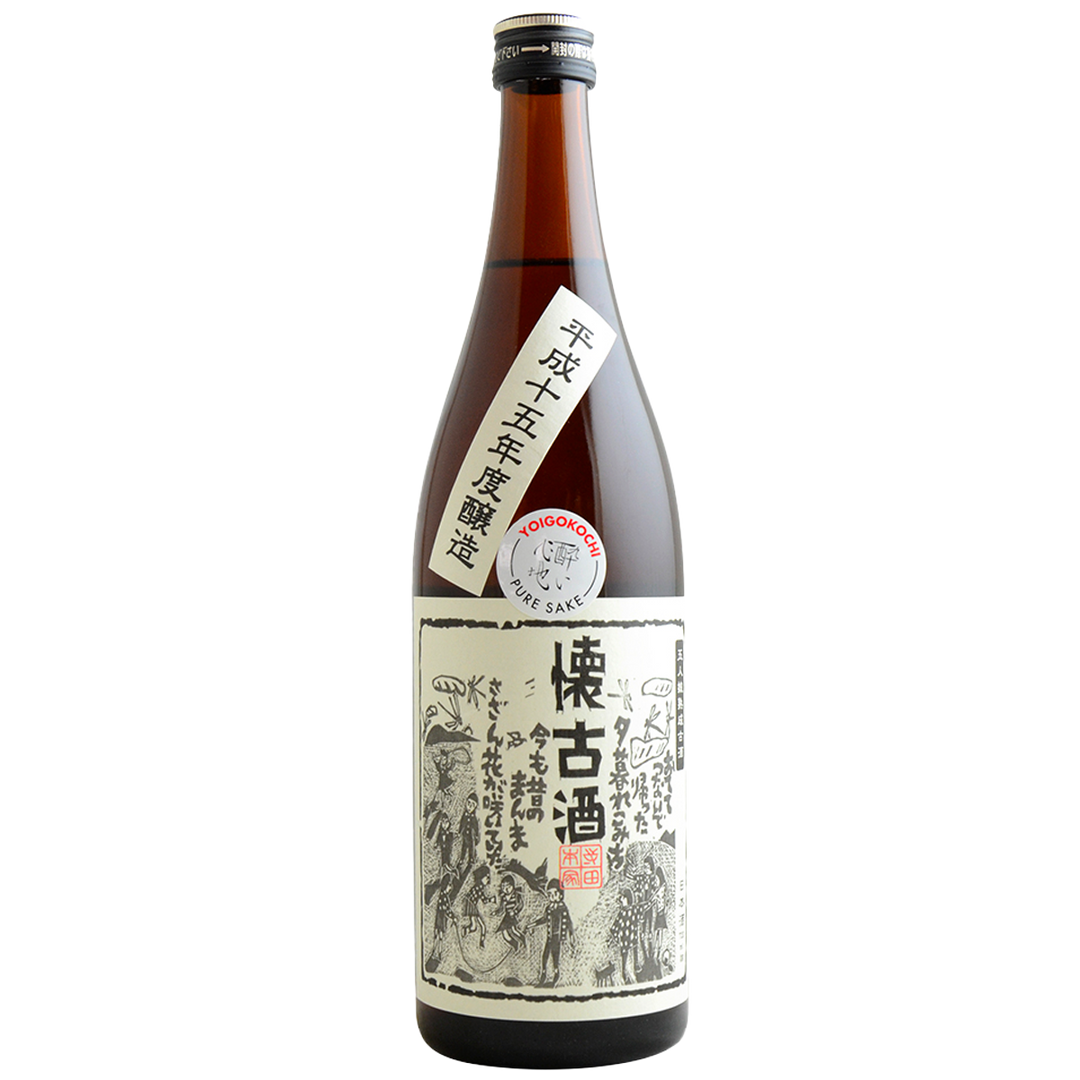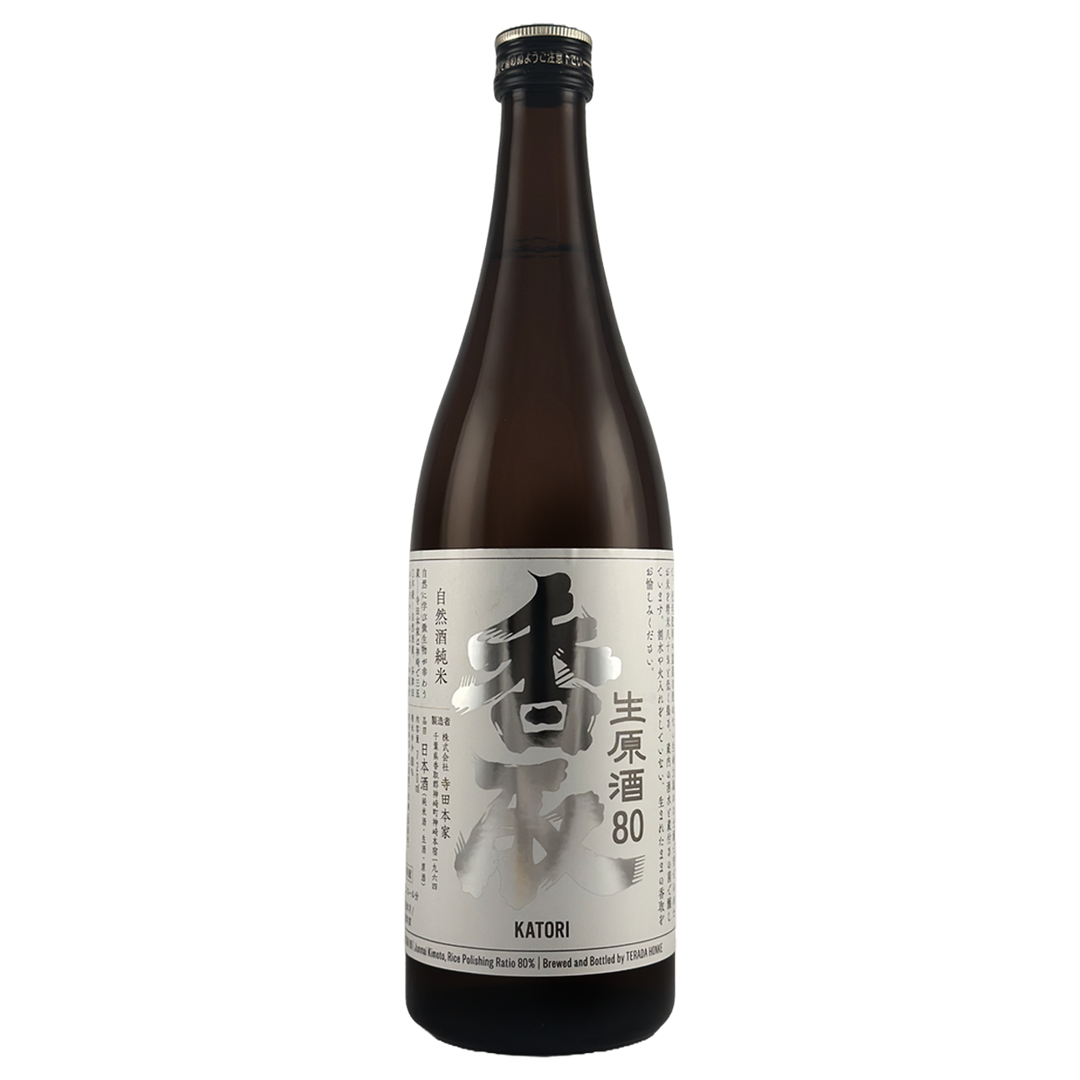Table rice, also called meshi mai (飯米 / eating rice) is used primarily for eating, and is distinct from sake rice in that it is optimized for agricultural yield and delicious flavor rather than milling, starch content, and other brewing factors.
However, table rice can still make excellent sake! And it's more affordable than sake rice, so the resulting sake is cheaper too. The outcome really depends on the rice, the application, the intended style, and the skill of the brewer. When you consider a very process-driven product which doesn't rely on elegance, delicateness or high polishing, as in Tsuchida Shin 90, Takacho, or Hana Makgeolli Takju, the rice is less important. For sake which emphasizes the flavor and umami of rice, the higher protein content and lower starch content of table rice may be an advantage.
Very often, sake brewers will divide and conquer by using sake rice for koji (kojimai), and table rice for the rest of the mash (kakemai). Only ~20% of the rice that goes into making sake is kojimai, so the remaining 80% can be table rice: a huge savings! To achieve a high quality outcome the quality of the koji is far more important than that of the kakamai, so brewers get more "bang for their buck" using this split-rice method. Either way, you win!



